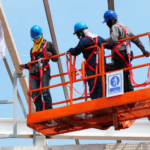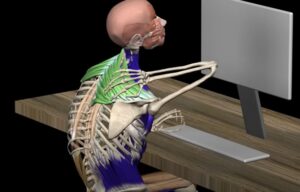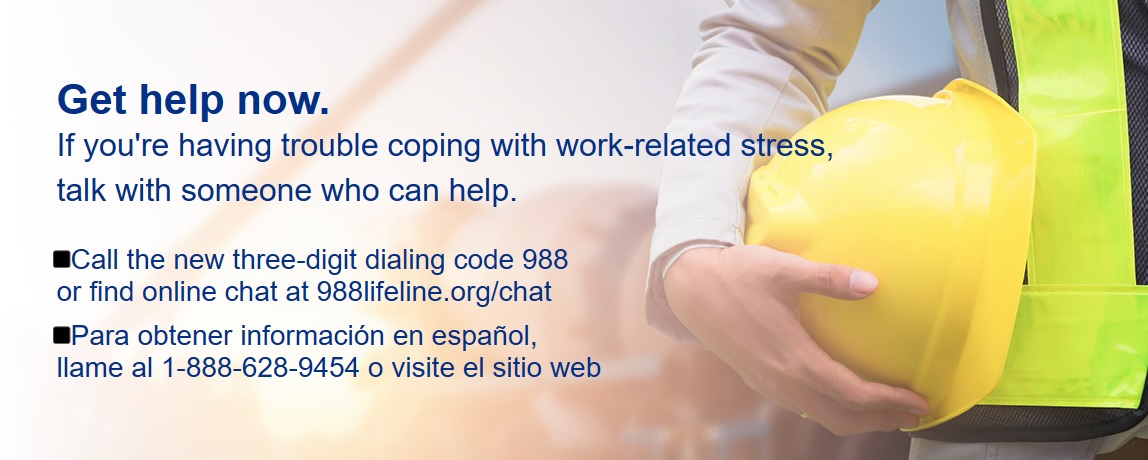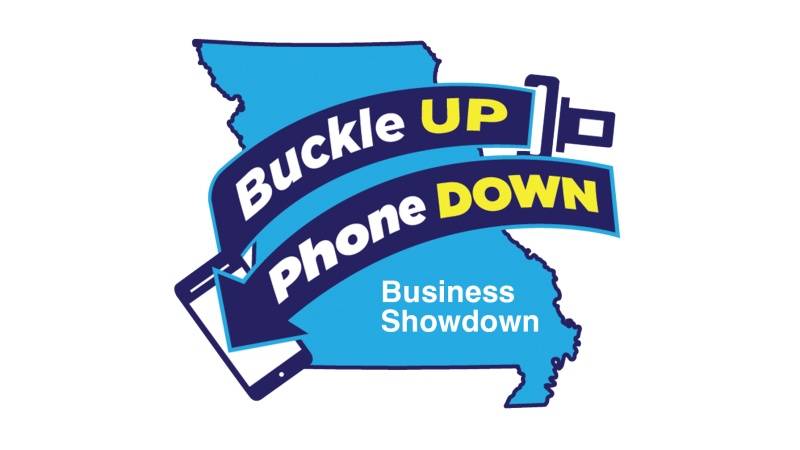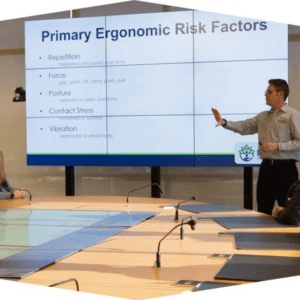 Workplace Ergonomics: A Deep Dive into The Ergonomics Center
Workplace Ergonomics: A Deep Dive into The Ergonomics Center
In today’s fast-paced work environment, prioritizing employee well-being and productivity is paramount. One key aspect often overlooked is ergonomic design, which plays a crucial role in creating a comfortable and efficient workspace. In this blog post, we’ll explore a valuable resource for workplace ergonomics and safety – The Ergonomics Center.
Understanding the Significance of Workplace Ergonomics
Before delving into the wealth of resources offered by The Ergonomics Center, let’s briefly revisit the importance of ergonomics in the workplace. Ergonomics not only enhances employee well-being but also boosts overall productivity by creating workspaces that reduce discomfort and minimize the risk of musculoskeletal disorders.
Navigating The Ergonomics Center’s Resources
The Ergonomics Center, housed at NC State University, stands out as a comprehensive hub for ergonomic tools and resources. The website’s Resources and Tools Hub provides a user-friendly interface, making it easy for professionals in the field to access valuable information.
a. Ergonomic Assessment Tools
The Ergonomics Center offers a range of assessment tools designed to evaluate the ergonomic aspects of workstations. From simple self-assessment checklists to more detailed evaluations, these tools empower employers and employees alike to identify and address potential ergonomic issues.
b. Training Modules and Workshops
Keeping up with best practices in ergonomics is crucial for creating a safe and healthy work environment. The website provides access to training modules and workshops, ensuring that professionals can continually enhance their knowledge and skills in the field.
c. Research and Insights
Stay informed about the latest developments in ergonomics through The Ergonomics Center’s repository of research articles and insights. From case studies to whitepapers, the platform offers a wealth of information that can inform decision-making in workplace safety and ergonomics.
How The Ergonomics Center Benefits Industry Professionals
a. Streamlined Access to Information
The website’s intuitive design ensures that users can easily navigate and find the information they need. This saves time and makes it a go-to resource for professionals looking to stay updated on the latest ergonomic trends.
b. Evidence-Based Practices
With a foundation in research and academia, The Ergonomics Center emphasizes evidence-based practices. This commitment to quality ensures that the information provided is reliable and aligns with industry standards.
Things to Remember
The Ergonomics Center emerges as a valuable ally for professionals in the workplace safety and ergonomics consulting industry. By offering a plethora of resources, tools, and insights, the website not only educates but also empowers individuals and organizations to create healthier, more ergonomic workspaces.
As we continue to prioritize employee well-being, platforms like The Ergonomics Center play a pivotal role in fostering a culture of safety and efficiency in the workplace. Explore the website and unlock the full potential of ergonomic design for a healthier, more productive workforce.

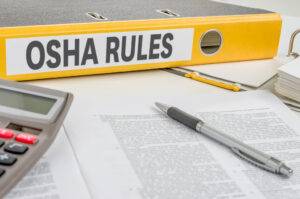 DOL Proposed Rule Changes Regarding Authorized Employee Representation During Workplace Inspections
DOL Proposed Rule Changes Regarding Authorized Employee Representation During Workplace Inspections


 Performance-Related Pay (PRP) Linked to Chronic Stress, Heart Disease & Poor Mental Health
Performance-Related Pay (PRP) Linked to Chronic Stress, Heart Disease & Poor Mental Health
